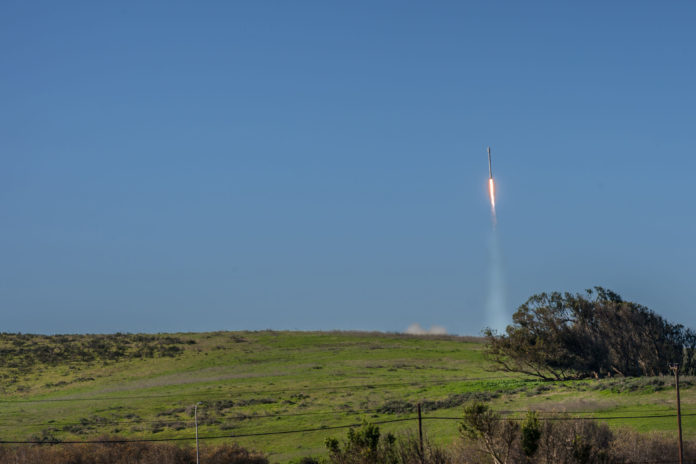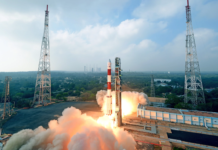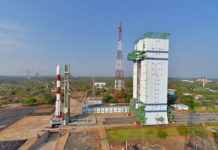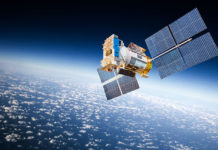One day people will want to move to Mars. The thing is until now no one ad figured out how those who would get there would come back to earth. Most rockets are made for one-way trips so getting back to our world would be a bit tricky unless the inhabitants built one while on Mars, or they used a shuttle big enough to carry a return rocket.
On Thursday, SpaceX launched a rocket booster into space for the second time. The Falcon 9 rocket booster had been used in the historic April 2016 launch. The 2016 launch was monumental because it was the first time a booster had ever landed safely in a portable station on The Atlantic. The Falcon 9 did so after sending off NASA cargo to the International Space Station.
Reliving the Historical Moment
At about 6.36 am local time on Thursday, the Falcon 9 stood ready at the Kennedy Space Center in Florida. The booster, almost as tall as a fourteen-storey building, carried a telecommunication satellite for SES. SES is a company that provides telecom services in most of South America.
One minute later the rocket was launched, and the SES-10 mission began. Engineers and other stakeholders cheered and watched the rocket rise. Almost at the fringe of the atmosphere Falcon 9 released its cargo and began its descent at almost a mile per second. The booster started to slow down to the delight of the onlookers and landed on the drone ship, Of Course, I Still Love You whole and upright.
After minor refurbishment, the Falcon 9 team declared it ready for travel again.
The owner of SpaceX Elon Muck describes that run as a ‘revolutionary moment in space flight.’ He said, “That run just proved that it is possible to fly and re-fly an orbital class booster, which is the most expensive part of the rocket.” And indeed it is. The booster, which is the base of a rocket, is a multimillion piece of equipment that hosts nine engines. Before Thursday’s trial, boosters were typically left to crash to the earth as the rest of the cargo flew on into space.
NASA had once tried doing what SpaceX was able to. However, the agency realized that it was cheaper to build new rockets than refurbishing space shuttles after a while, commented Daniel Dumbacher who formerly worked at the agency and is now a professor at Purdue University. Dumbacher further reiterated that the move was ‘right’ for SpaceX which had built its booster for reuse.
How was Falcon 9 made for reuse?
The Falcon 9 was not made for optimizing speed or fuel like other boosters, and that is why it can be reused. Though simple, the booster is more robust and is easier to refurbish, making it a cheaper alternative to acquiring a new rocket.
The Implications
According to space policy expert John Logsdon, reusability is one factor that has been impeding space access. The new booster does not suffer from this limitation, meaning in future off-world exploration may be that much easier.
Also, as COO and president of SpaceX Gwynne Shotwell remarked, “Reusing boosters means that we may be able to offer thirty percent discount per launch for companies.” The Falcon 9 is going to save many people a lot of money.




